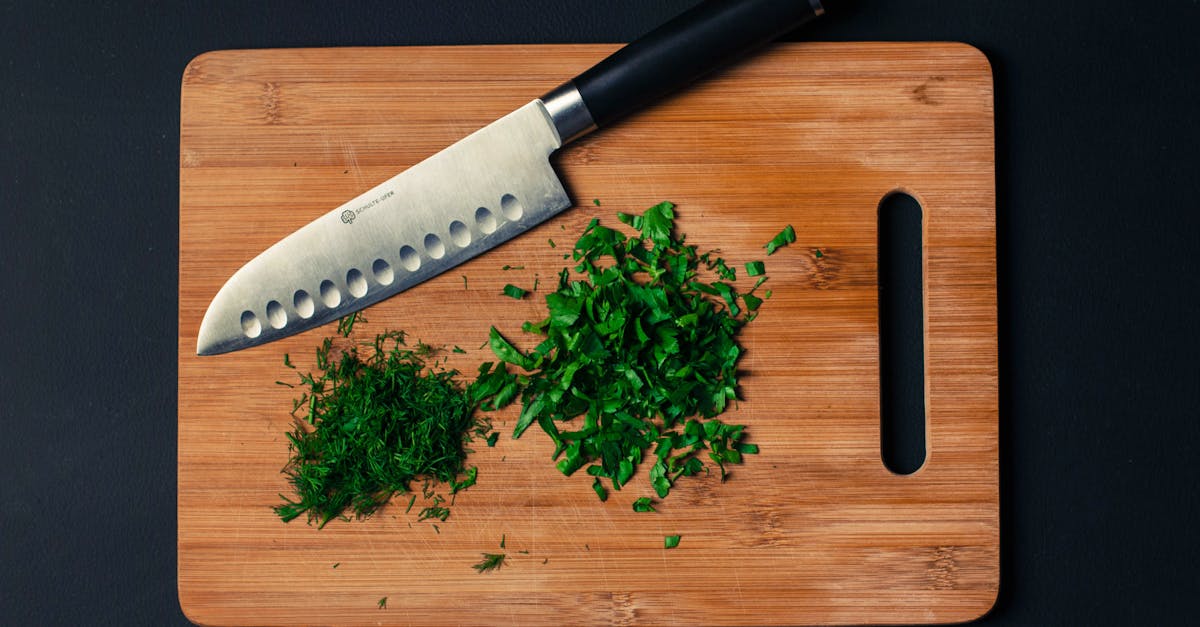No matter how often or how little you cook, you’re guaranteed to own a cutting board. It’s a kitchen staple you can’t live without, as it can be used for everything from slicing apples to cutting raw meat to chopping onions. But although most of us know that owning a cutting board is a must, deciding between wood vs plastic cutting boards can be tricky. Does it really matter which you buy, or can you pick whichever you think is the cutest? As it turns out, there are several stark differences between the two materials that should be taken into account before choosing which to buy.
Wood vs Plastic Cutting Boards

Wood cutting boards
The traditional cutting board is known to last longer than plastic cutting boards with proper maintenance. Having a “self-healing” property, wooden cutting boards are harder to cut into as you chop your food. This means that a wooden cutting board is more sanitary in the long run. Another plus is that your knives will not get blunt fast since the surface of wooden cutting boards is kinder to knives when compared to plastic cutting boards. Research done by the late Doctor Dean O. Cliver, an expert in cutting boards, shows that wooden cutting boards contained less salmonella than plastic ones. This is because wood contains antimicrobial properties that can halt bacteria from seeping into the board, reducing the likeliness of cross-contamination.
Plastic cutting boards
Being the more modern version of cutting boards, a prevailing thought is that plastic cutting boards are safer than wooden cutting boards. However, this isn’t always true. New plastic boards often still have a smooth surface, which is not a problem when it comes to cleaning it after chopping. The concern is when dealing with a scarred board. If you chop hard enough into the plastic, there will be scars across the board where bacteria will hide and accumulate. This increases the chances of contamination of other ingredients you put on the board after that. In general, plastic boards are often cheaper than wooden boards, and you can find some that are dishwasher-safe.
Figuring Out Which to Buy

It may be confusing at first when weighing the two options because each cutting board has its good and bad points. The answer lies in the kind of food you will be cutting. Since already-cut plastic cutting boards tend to harbor bacteria, it’s best to use it to chop fruits and vegetables instead of raw meat. Ideally, wooden cutting boards are best used to cut meat or ready-to-eat food, such as cheese or bread.
Bottom line, I recommend having both a wood and a plastic cutting board in your kitchen and using them accordingly. They will complement each other.
How to Clean Cutting Boards

Regardless of the material, it’s important to disinfect your cutting boards after using them, because bacteria can thrive on the board for a long time. Sanitizing your cutting board means more than just cleaning them with soap and water. It means getting rid of the remaining bacteria still living on your board. One way to disinfect your board is by pouring vinegar into a kitchen towel and wiping the surface of the board. Worried about the after-smell? According to the Huffington Post, you can spread a pinch of salt on your board and rub a wedge of lemon onto it. If you’re using the dishwasher for your plastic board, the heat should be set to maximum to kill the unwanted bacteria.
#SpoonTip: Whether wooden or plastic, keeping your cutting boards in a cool, dry place will help increase their longevity since bacteria thrive on moisture.
While both cutting boards still do the job of providing a proper surface to prep your ingredients, the differences will make or break your dish. Now you can confidently select one (or both) and get started with cooking. Just don’t forget to disinfect your board after you’re done with the chopping.


